A fine Romanesque piece of the most influential scientific text of the early Middle Ages with a small mathematical diagram C12th
£0.00
On hold
A fragmentary leaf from Isidore, Etymologiae, in Latin, manuscript on vellum [Germany, mid-12th century]
145 × 195 mm, the upper half of a leaf, preserving the upper and outer margins, and 19 lines of text, the main text written in a fine Romanesque bookhand in a single column, the capitula list in smaller script in four columns, capital letters and rubrics in orange-red majuscules, chapters with lower-case roman numerals, the text comprises most of book 15 (lacking about the first 6 lines) the table of chapters for book 16, and the heading for book 16 (“[solle]rtia. Digitus est pars minima … Finit liber XV. Capitula libri sexti decimi … Incipit liber <de pulve>ribus et glebis” ( (Migne, PL, LXXXII, cols. 555–58), with very simple trigonometric diagrams within the text, recovered from use as a pastedown in a binding, with consequent damage, staining, etc., not unduly detracting from the handsome script.
Provenance
- Erik von Scherling, Rotulus, IV (1937), no. 2017 (two halves of the same leaf), bought by:
- John Arnold Dortmond (1912–1988), creator of the Schriftmuseum in Amsterdam: sold by his executors, Sotheby’s, 7 December 1992, part of lot 5, to Quaritch.
A fine Romanesque piece of the most influential scientific text of the early Middle Ages. Book 15 concerns trigonometry and measurement of distances, and book 16 concerns minerals, precious stones and metals. Medieval Manuscripts and English Charters, Bookhands of the Middle Ages, VII (2004), no. 54, now McCarthy BM1532 (Peter Kidd, The McCarthy Collection, II: Spanish, English, Flemish, and Central European Miniatures (London, 2019), no. 30).
Be the first to review “A fine Romanesque piece of the most influential scientific text of the early Middle Ages with a small mathematical diagram C12th” Cancel reply
Product Enquiry
Related products
C12th - C13th manuscripts
Glossed Bible leaf reused as a binding in French archive. France (doubtless Paris), 13th century.
C12th - C13th manuscripts
Pseudo-Jerome (perhaps Augustine) Commentary on Psalm 59, Italy pre-1180
C12th - C13th manuscripts
Elegant English Early Gothic Script from late C12th Passionale – Paulinus of Milan
C12th - C13th manuscripts
One of the earliest Latin manuscripts of Hippocrates c.1175, France – the Prognostics 2 leaves.
C12th - C13th manuscripts
Leaf of Passionale in Latin [Italy, 12th century, first half] Lives of St Felicity and St Clement
C12th - C13th manuscripts
Miniature Breviary leaf with unusual and handsome script, c.1280
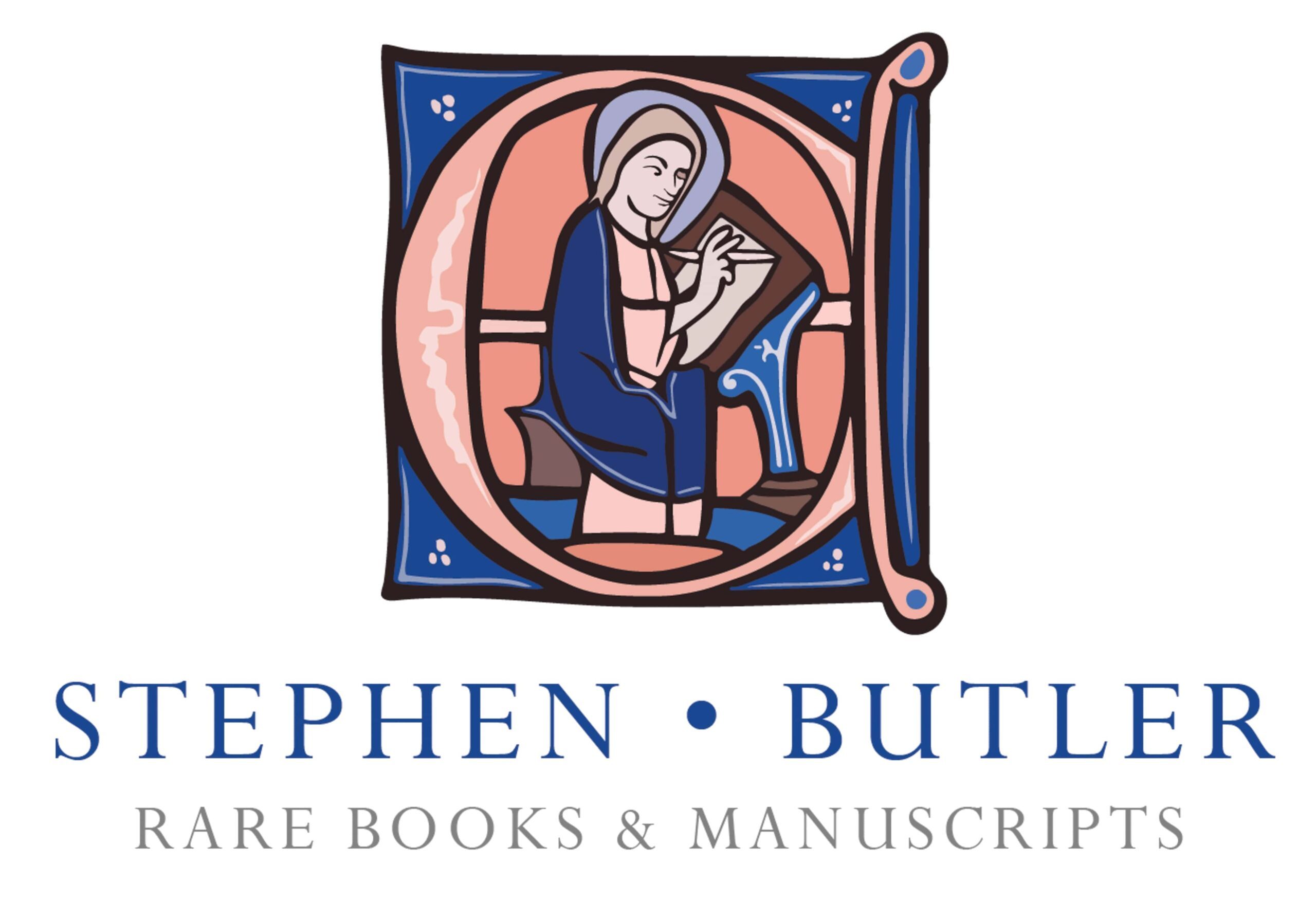
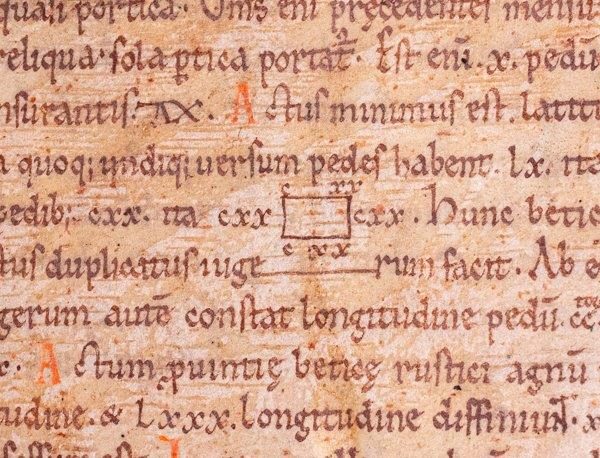



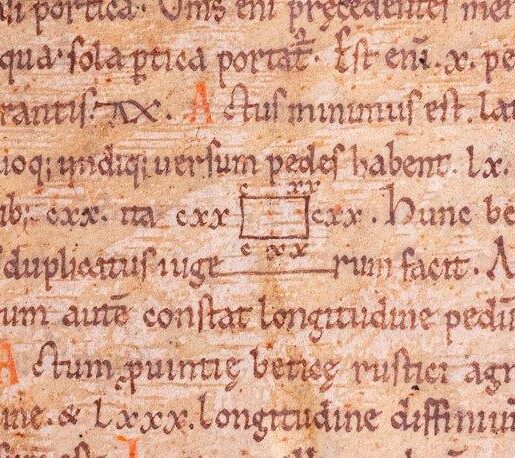
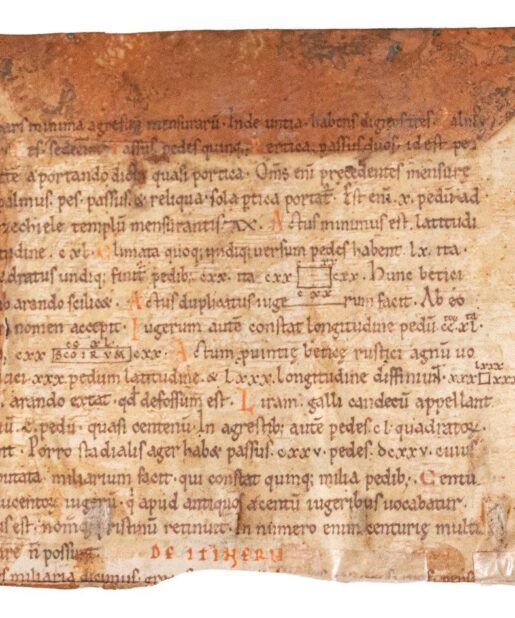

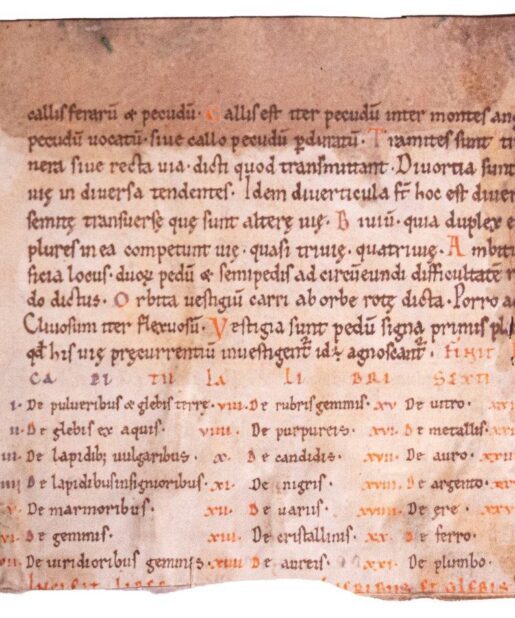
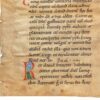
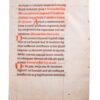
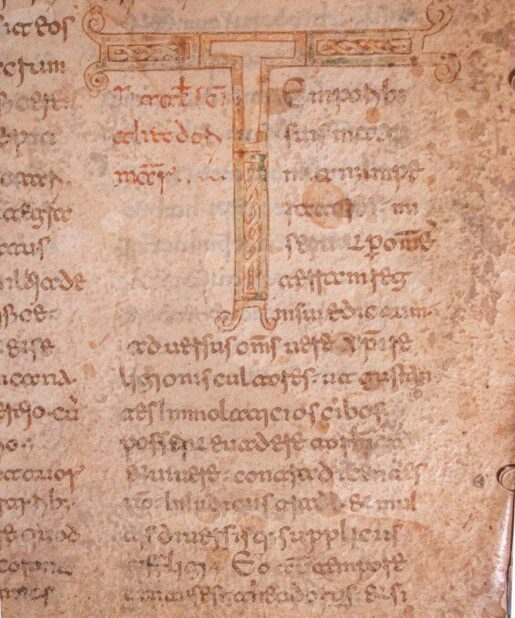

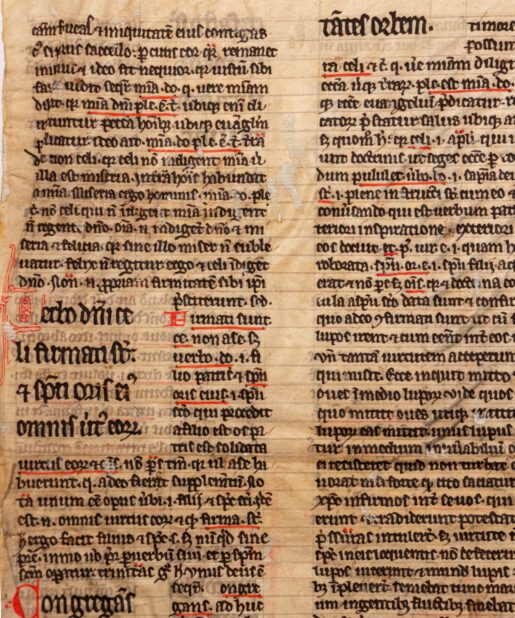
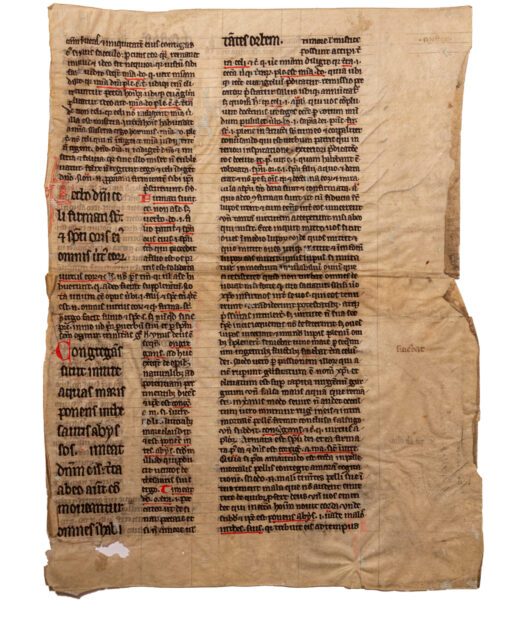
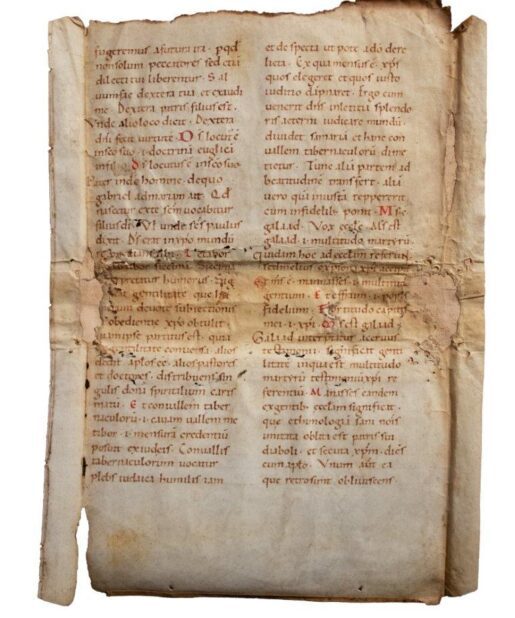
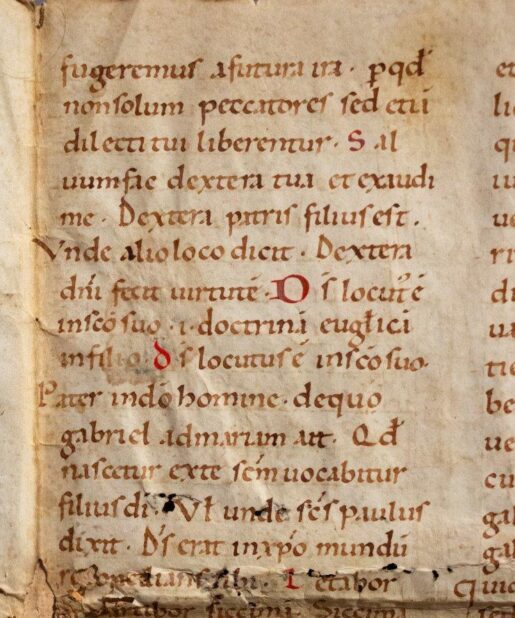
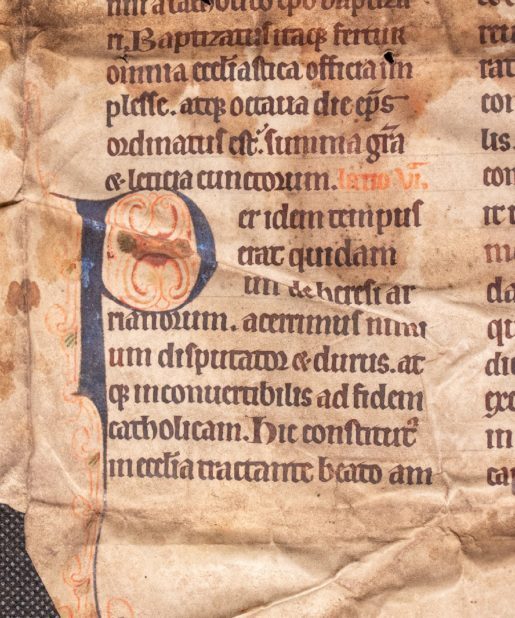
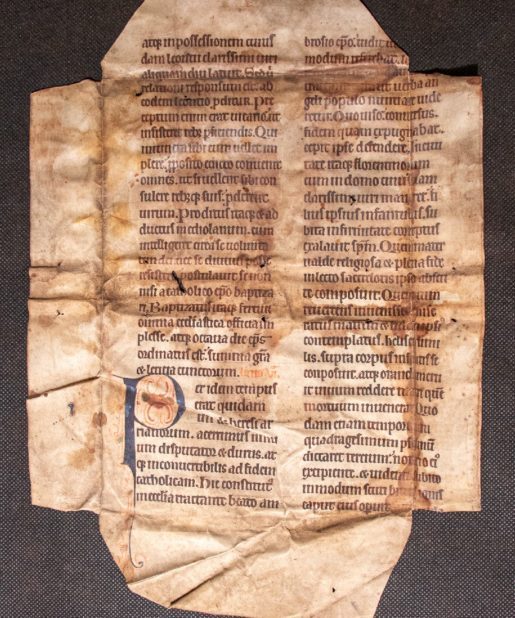
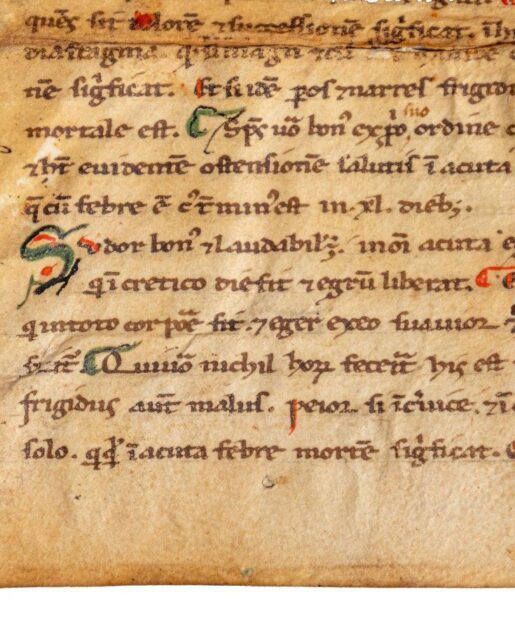
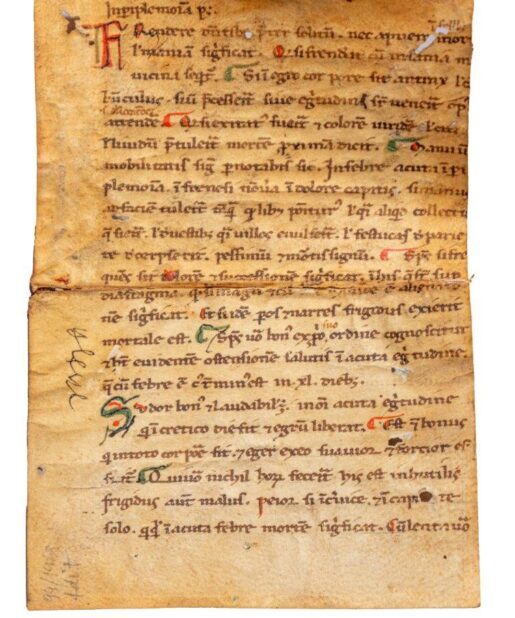
![Leaf of Passionale in Latin [Italy, 12th century, first half] Lives of St Felicity and St Clement Leaf of Passionale in Latin [Italy, 12th century, first half] Lives of St Felicity and St Clement](https://butlerrarebooks.co.uk/wp-content/uploads/2021/01/IMG_0696-515x618.jpg)
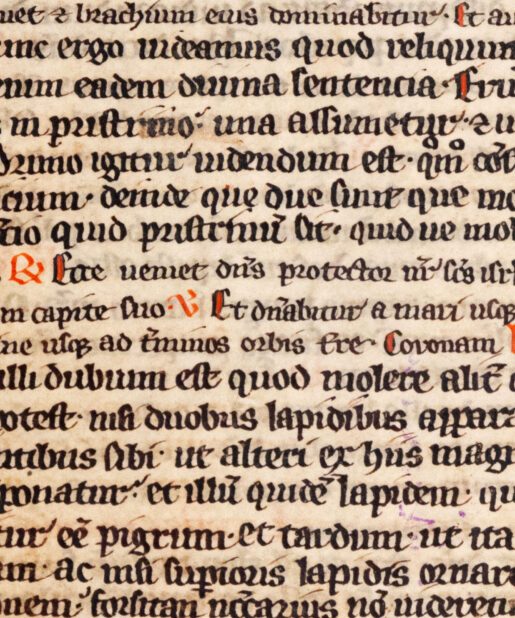
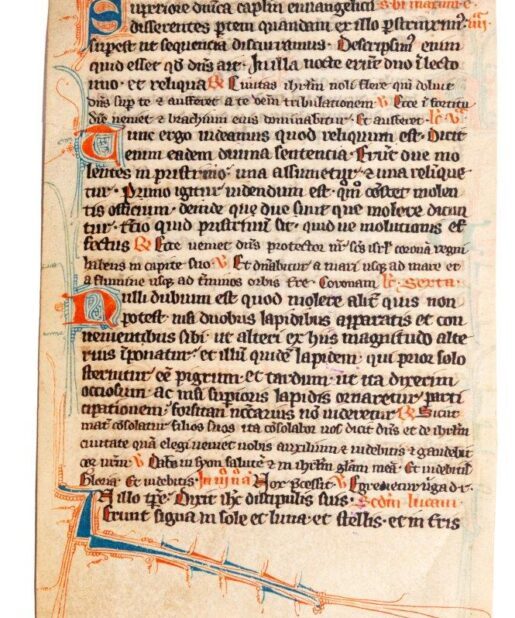
Reviews
There are no reviews yet.